





 |
 |
 |
 |
 |
 |
|---|---|---|---|---|---|
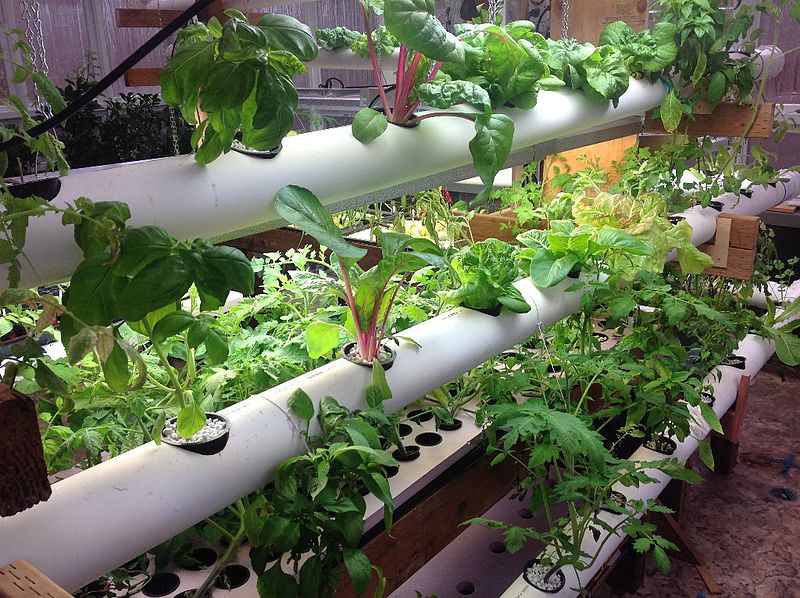 |
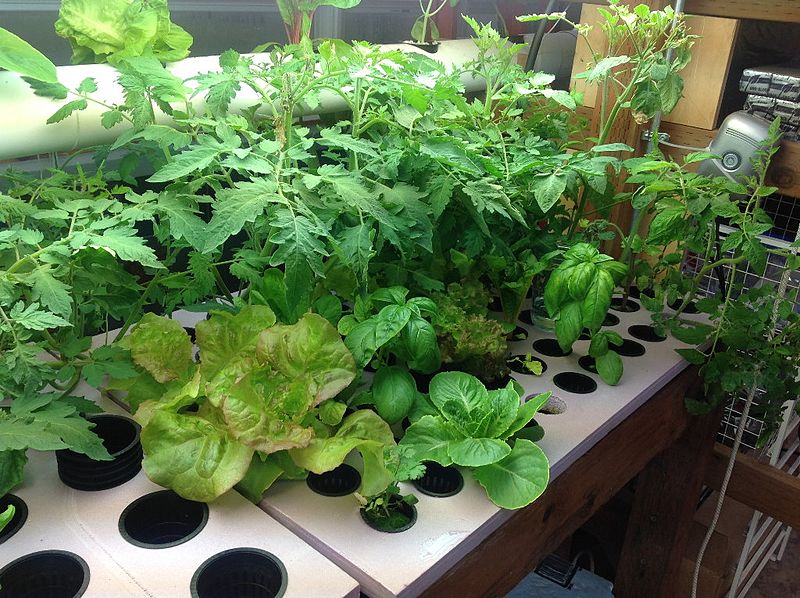 |
|---|---|
Hydroponics is the technique of growing plants in water rather than soil, where the water is fertilized with nutrients. Hydroponics can yield 100 times as much food as soil-based agriculture, and a person can be sustained with only 200 square meters of hydroponics.
Hydroponics is easy. One can buy a system that takes care of everything and one need only supply the system with water and fertilizer. One can further improve yield with greenhouses, lighting, and mirrors.
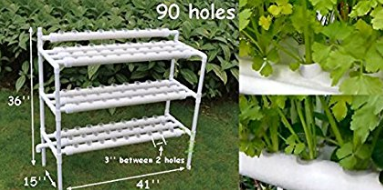 |
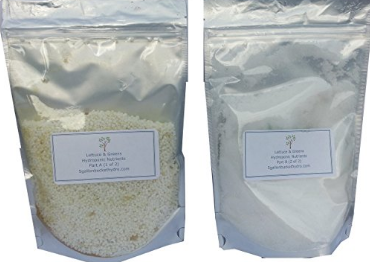 |
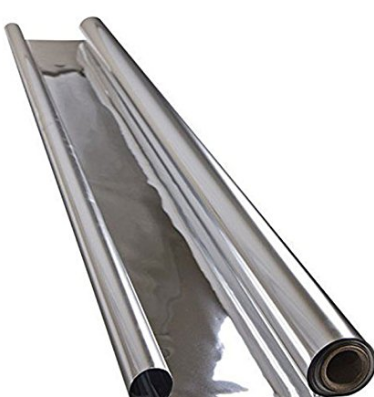 |
|---|---|---|
 |
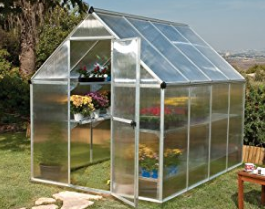 |
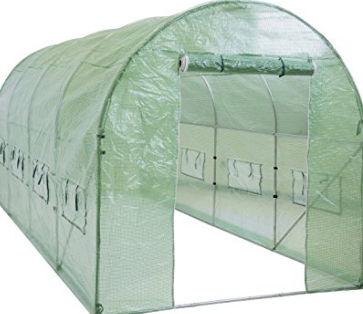 |
|---|---|---|
A "grow kit" takes care of supplying the plants with water. One need only supply the kit with water and fertilizer. Fertilizer comes in powder form and dissolves in the water. Kits cost $2 per plant site.
Putting a greenhouse around the kit amplifies the yield by allowing one to control temperature and humidity. A greenhouse also allows plants to be grown during the winter.
Mirrors can amplify the sunlight reaching the planet, and mirror film is cheap.
Lights can improve the growth rate and make it possible to grow plants 24 hours.
1 kg of nutrient powder is mixed with ton of water. The composition of a typical nutrient solution is
Parts per million
Potassium 160
Nitrogen 150
Calcium 100
Phosphorus 40
Sulfur 40
Magnesium 30
Iron 2
Manganese .5
Zinc .3
Boron .2
Copper .1
Molybdenum .075
Source
Hydroponics offers gains over field agriculture in many categories. The following table shows the amplification for each category in terms of hydroponic yield over field yield. The total amplification is the product of the amplification from each category.
Amplification factor
Plant density 8 In terms of plants/meter2
Crops per year 4
Crop variety 2
Temperature contro l 2
LED lighting 2
Carbon dioxide enhancement 1.5
Almost all vitamins fit into one pill, with the exception of calcium, potassium, phosphorus, and magnesium, which can be supplemented separately. The nutrient requirement for animals and plants is:
Human Bird Crop Supplement
gram/day gram/day gram/kg
Calories 2200 165 0
Protein 50 9 0
Potassium 3.5 .4 14 Potassium phosphate
Phosphorus 1.0 .4 1.5 Potassium phosphate
Calcium 1.0 .8 2 Calcium chloride
Magnesium .35 .4 1.5 Magnesium chloride
Iron .27 .2 .14
Zinc .075 .05 .038
Manganese .075 .05 .038
Copper .022 .02 .011
Nitrogen 0 0 15 Ammonium nitrate
Sulfur 0 0 1.5 Ammonium sulfate
We assume a 75 kg human and a 1 kg bird. For other masses, scale accordingly. For crops, the nutrient requirement is in grams of nutrient required to produce 1 kg of biomass. Crop biomass is typically 1/2 edible food.
For young birds, calcium and phosphorus are especially important, for bones. For egg-laying birds, calcium is important for egg shells.
Cost of electricity = 30 MJoules/$ Crop time = 3 Mseconds = 40 days Lamp power =1000 Watts Lamp energy per crop = 3 GJoules/crop Lamp energy cost per crop = 100 $/crop
 |
 |
 |
|---|---|---|
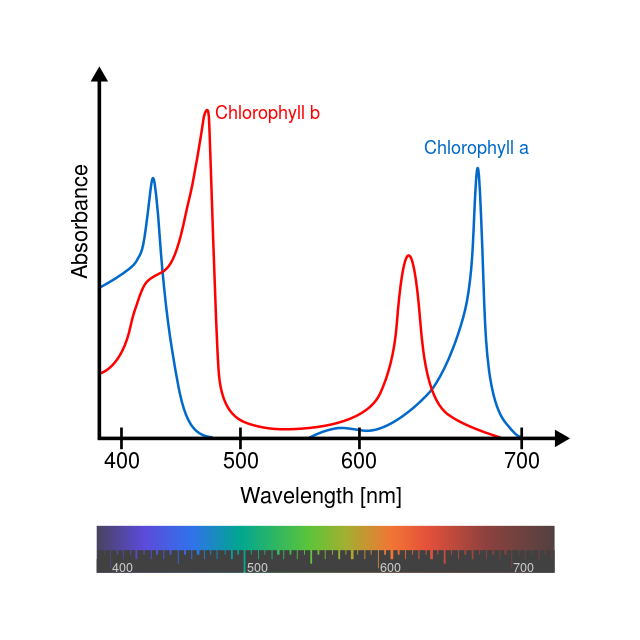 |
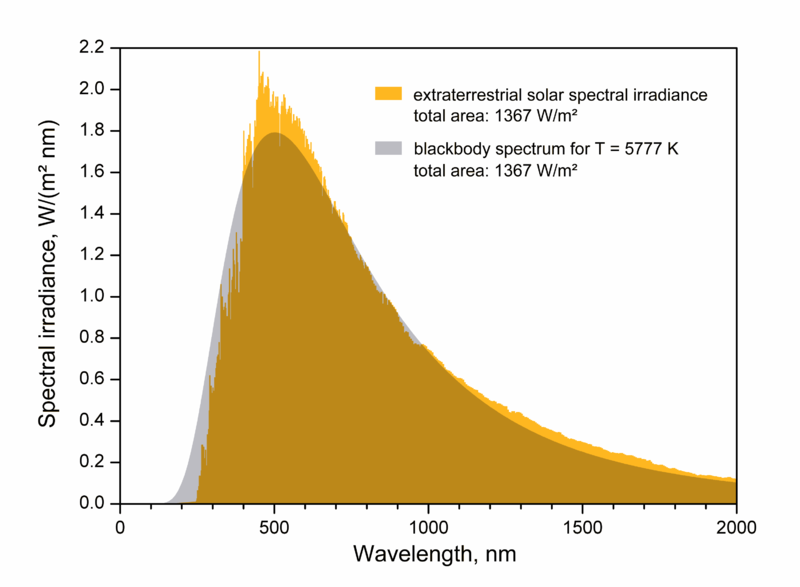 |
|---|---|
LED lights can be customized to produce light that is optimal for photosynthesis. Red light is important for early growth and blue and UV light are important for energy. UV photons have twice the energy of red photons.
 |
|---|